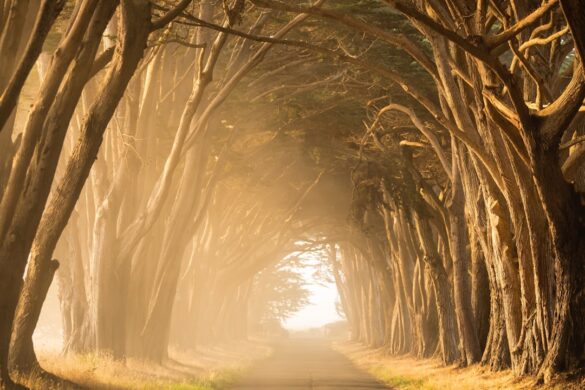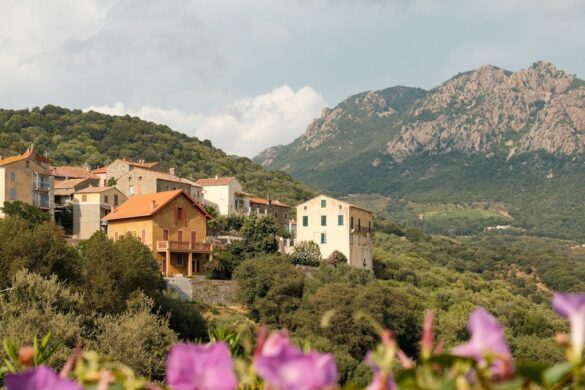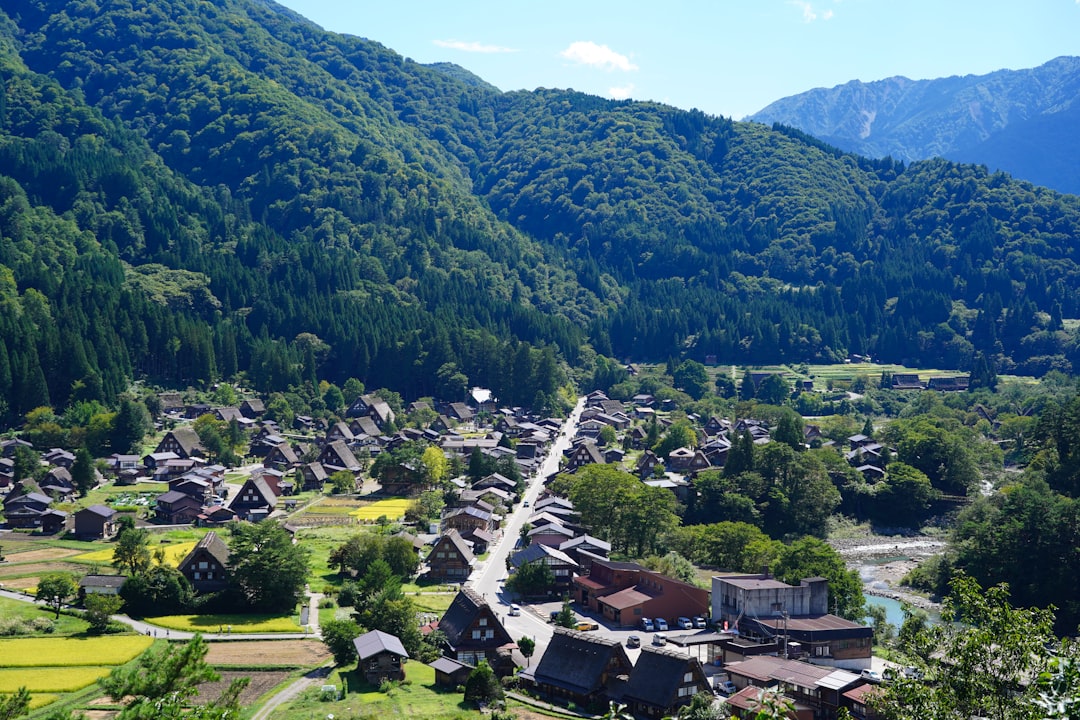Introduction: Discovering Japan’s Enigmatic Treasures
Japan is well-known for its bustling cities and iconic landmarks, but beneath the surface lies a wealth of hidden gems waiting to be explored. As you venture beyond the major tourist traps, you will find a myriad of historical sites that tell the multi-faceted stories of Japan’s rich heritage, culture, and tradition. In this journey through Japan’s historical sites, we unveil the ephemerality of time-honored culture and unappreciated locales where history whispers through every cherry blossom and ancient stone. This article aims to guide you through some of these remarkable gems that showcase the beauty and eloquence of Japan’s past.
1. The Enigmatic Village of Shirakawa-go
Nestled amidst the steep mountains of Gifu Prefecture lies the UNESCO World Heritage village of Shirakawa-go. Famous for its traditional gassho-zukuri farmhouses with steep thatched roofs, this picturesque settlement embodies the essence of rural Japan. The tranquil atmosphere is complemented by the serene rivers and lush rice paddies—an idyllic escape from the hustle and bustle of urban life. During winter, the village transforms into a snowy wonderland as its historic houses illuminate with soft golden lights, creating a moment seemingly taken from a postcard.
Immerse yourself in Shirakawa-go’s charming atmosphere by exploring its surrounding hiking trails and visiting the Wada House, a preserved gassho-zukuri home that offers glimpses into the lifestyle of ancient villagers. Visit during the Shirakawa-go Winter Festival (held each February) to witness the breathtaking sight of the illuminated gassho-zukuri houses. Whether you are gazing at the topping snow or hopping on an adventure in spring, Shirakawa-go captures the heart of every visitor. Adventure seekers can also explore nearby waterfalls and scenic viewpoints, enhancing their appreciation of Japan’s natural beauty.
2. The Sacred Island of Miyajima
Known as Miyajima, or “Shrine Island,” this scenic spot is home to the famous floating Torii gate of Itsukushima Shrine. This iconic symbol of Japan is not just a photographic must-have but a gateway to spirituality that encapsulates the beauty of nature while honoring cultural traditions. Set against the backdrop of the Seto Inland Sea, its rich history is steeped in Shinto beliefs that celebrate the indomitable spirit of natural beauty intertwined with spirituality.
Beyond the shrine, ascend the slopes of Mount Misen for panoramic views of the island, where hikers can enjoy breathtaking vistas across the inland sea. Discover historic treasures nestled within the island’s forests, such as the Daisho-in Temple, where tranquil gardens and sacred halls invite contemplation. Outdoor enthusiasts can explore scenic biking and walking trails, immersing themselves in Miyajima’s lush landscapes. Make sure to indulge in the local delicacies, such as grilled oyster and momiji manju, while enjoying the ambiance of this enchanting island. The flavors vividly illustrate Japan’s culinary culture, offering an experience that delights the senses.

Miyajima is not just famous for its floating Torii but also for its stunning scenery, serene temples, and unique culinary offerings.
3. The Timeless Charm of Takayama
The historical town of Takayama in the Japanese Alps is reminiscent of a bygone era, where old wooden houses line the streets and artisans craft their trade. Travelling through the Sanmachi Suji district, which features beautifully preserved buildings dating back to the Edo period, provides a glimpse into the lives of merchants of centuries past. The vibrant local markets, bustling with the artistry of craftsmen, produce a rich tapestry of colors, scents, and sounds.
Visit Takayama during the Takayama Matsuri, which takes place in spring and autumn, to experience one of Japan’s most stunning festivals characterized by elaborate floats and lively parades. The atmosphere during the festival is electric as locals and tourists come together to celebrate their heritage with rituals and performances that have been passed down through generations. Don’t miss the Hida Folk Village, an open-air museum showcasing traditional rural architecture against the splendid mountain backdrop, allowing you to immerse yourself in the heritage of the Hida region. Participating in local workshops to learn traditional crafts adds to the experience, letting one become a part of Takayama’s living narrative.
4. Exploring the Art of Naoshima
Naoshima, a modest island in Okayama Prefecture, has captured the hearts of art enthusiasts from around the globe. Known for its contemporary art museums, including the Benesse House Museum and Chichu Art Museum, this unique destination harmoniously blends nature and artistry. Each piece of art seamlessly integrates with the landscape, prompting visitors to engage in meaningful dialogues with their surroundings.
The island is dotted with public installations and artworks by renowned artists like Yayoi Kusama and Richard Serra, inviting visitors to stroll through open-air galleries amid picturesque landscapes. Embrace the serenity of Naoshima as you cycle around the island’s paths and enjoy breathtaking seaside views supplemented by the island’s vibrant artistic expressions. The experience is enhanced through immersive installations that evoke a sense of wonder, prompting introspective moments as you ponder different aspects of life expressed through art.
Naoshima offers a fusion of nature and art that is unlike any experience you'll find in Japan – a true testament to creativity inspired by tranquility.

5. The Ancestral Kyoto: Hidden Pathways to Tradition
Though Kyoto is famous for its iconic sites such as Kinkaku-ji and Fushimi Inari-taisha, don’t overlook its many hidden temples and serene gardens. The essence of Japan’s rich culture lingers in quiet corners, beckoning visitors to explore, engage, and learn from the past. The Philosopher’s Path, a picturesque walkway lined with cherry blossoms, leads to lesser-known temples like Honen-in and Nanzen-ji, offering opportunities for peaceful reflection.
These temples provide a tranquil escape from the city’s bustling environment, allowing you to contemplate Buddhist practices and admire stunning traditional architecture. While in Kyoto, indulge in the vibrant local flavors by trying kaiseki dining, a multi-course dining experience that showcases seasonal ingredients, or engage in a tea ceremony. The experience envelopes you in a journey that nurtures the tradition and authenticity of Japanese culture while allowing you to interact with locals who are passionate about preserving their heritage.

Conclusion: A Call to Journey Through Japan’s Hidden Gems
As you wander through the hidden corridors of Japan’s historical sites and discover the stories woven into ancient structures, remember to take a piece of the culture home with you. Every hidden gem invites reflection, authenticity, and a deeper connection to the heart of Japan. The intangible aspects of each destination enrich your understanding and appreciation of this extraordinary country.
If you’re eager to dive further into Japan’s rich tapestry of experiences, consider booking unique tours through Viator. Explore attractions led by local guides who amplify your understanding of the culture, history, and artistry entrenched in every experience.
Additionally, platforms like GetYourGuide offer curated experiences, allowing you to immerse yourself in local culture and history through unique tours tailored to every traveler’s interest. Such engagements can deepen the journey and create lasting memories that continue to resonate long after you’ve returned home.
Images and Gallery
Throughout your journey, make sure to capture the essence of these hidden gems. Below are a few images that encapsulate the beauty of Japan’s lesser-known destinations:
By engaging with the myriad historical sites and cultural landscapes that Japan holds, you ensure an enriched understanding of the complexities and subtleties that define this nation. The stories nestled in each locale create opportunities for memories that last a lifetime, beckoning travelers to return time and again.












